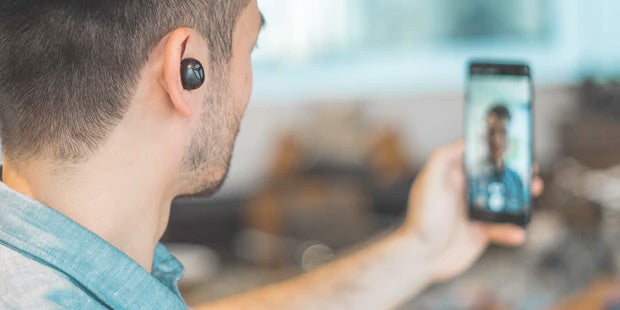The live video feature on social platforms like Facebook, Instagram, Twitter, and YouTube can be a powerful and unique way to connect with your audience in this unusual time in our industry. In this article, we share three steps to create a great live social video and a few platform-specific tech tips.
1) Focus your efforts where your audience already is.
This is crucial. When live social video was first introduced, social platforms made it very easy to reach an audience simply by the novelty of “going live.” Now, years later, a single video will rarely have that effect. Your best chance at creating something that resonates is to go live on the platform where you have the most engaged audience (consider both number of followers and how frequently they react to your posts). If you have very active fans on Facebook, then choose Facebook; if Instagram has more fan activity, choose Instagram, etc.
Even if you have only a small audience, you will have a much better chance at connecting with anyone online if you create your live video on your own account (rather than, say, your publisher’s account) and speak directly to your most dedicated fans. If your audience catches on, not only will they become your best advocates, but it will also be all the more powerful when your publisher (or any larger account) shares your video out to the broader social media world.
2) Make your live programming interactive or revealing (or both).
Once you have chosen your platform (for instance, your Facebook page or your Instagram handle), think about what will make a great live experience for your audience. Keep in mind that live social video is not the same as live TV—social viewers will typically not tune in to sit back and passively watch. So your social live video needs to be something especially interactive and/or enticing.
The most common form of interactivity is a live Q&A session. All social live video platforms give your audience the ability to type questions that you can see during your session. You might simply announce that you will be answering questions live and encourage your fans to submit questions by commenting on the video. Whether you are explicitly doing a Q&A session or not, it is vital that you recognize at least some of the comments posted during your live session. Read them aloud and call out your commenters by name! This indicates to your audience that you recognize them. It makes the session more fun and gives them a reason to tune in.
Offering a “reveal” can also take many forms: revealing a new book jacket, showing what your writing space looks like, writing a mini story or drawing an illustration during the session and revealing it at the end, etc. Lessons can also be a reveal—if you want to teach your audience something, you can create a live session where you tell them what they will be learning (“Today we’re going to learn about…”) and then present/reveal your lesson.
Instagram and Twitter have features that enable the host of a live session to invite specific viewers to join them “on screen” to be part of the live session. You might plan to have a special guest (a fellow author, a friend, your editor) join your presentation—maybe you can interview each other, or they will bring a special reveal, etc. This feature is somewhat advanced (and not available on Facebook or YouTube) so be mindful of that when deciding on your platform.
The key with live video is to have a plan compelling enough that your audience will want to spend time with you. It may be enough to have your face on camera, showcase your personality, and take questions—but you also may want to try something creative that only you can do! You will know what is best for your audience.
3) Be intentional about timing and tell your audience when this is happening.
Unless you have an incredibly large audience or are extremely lucky, you will not reach a meaningful audience by randomly picking a time and pressing the “live” button. First, choose a day of the week and a time of day that will be best for your audience: Will they be likely to tune in first thing in the morning? During lunch? After work? Are they located in a different time zone than you? All of these are important to consider.
Once you have chosen a day/time, give your audience a heads up! The simplest way to do this is to create a (non-live) post in advance announcing the day/time you’ll be going live along with what you plan to do (“Come to my Instagram handle on Wednesday at 8pm EST where I will be answering your questions live!”). Beyond this, you can also consider:
- Posting a heads up message on your other social platforms
- Asking your publisher to share the news that you will be going live
- Any other type of promotion you can think of
If you plan on doing more than one live session (or decide to do so after your first), we would also strongly recommend a regular schedule. Rather than picking several different days/times, choose a weekly schedule (same day/time each week) or a daily schedule (same time every day) to train your audience to know when to expect your live session. This will contribute hugely to your promotional efforts.
If you think through these steps, you will give yourself a good chance at a successful live social video. If you have further questions, reach out to your PRH contact for more advice!
Richard Wylde is Senior Manager, Digital Video Strategy & Distribution at Penguin Random House.


